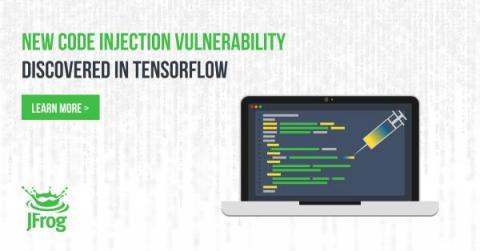Security | Threat Detection | Cyberattacks | DevSecOps | Compliance
Latest News
3 Trends in eTMF Adoption After COVID-19
The TMF Summit, a clinical documentation management conference hosted by industry observer Fierce Biotech, was held in late October in New Orleans. There was plenty of talk about familiar topics such as data quality and integrity, as well as data submission workflows and monitoring. But what stood out this year was how the pandemic continues to reshape the industry.
Why You Should Build an Agile, Integrated Construction Tech Stack
When it comes to construction technology, one size doesn’t necessarily fit all. Businesses often have different needs that require different tools to automate established processes, or standard operating procedures (SOPs). This creates a problem, however, because decision makers have to sift through the available technologies—and the depth and breadth of what processes they can cover—to find the right solution.
The Secure Data Layer: A Formidable Opponent Against Ransomware
When organizations are attacked by ransomware, only a little more than half are able to recover their data using a backup. This begs the question, “What about the rest? Why might they be unable to recover?” One reason may be that their backup data has been compromised. Backups are a hot target for hackers. If they can get to an organization’s backup data, they have far more leverage.
Detecting Remcos Tool Used by FIN7 with Splunk
We decided to try to run a well-known Remote Access Trojan (RAT) called Remcos used by FIN7. This tool has been around for some time and has a reputation for being stealthy and effective in controlling compromised hosts. Sold as a remote computer monitoring tool, this tool has plenty of features that can allow an operator behind the control to do multiple operations against a compromised system.
What Is a Cybersecurity Incident Response Plan?
Top Vendor Tiering Strategies to Mitigate Cybersecurity Risks
SOC 2 vs. SOC 3 Compliance: What's the Difference?
TensorFlow Python Code Injection: More eval() Woes
JFrog security research team (formerly Vdoo) has recently disclosed a code injection issue in one of the utilities shipped with Tensorflow, a popular Machine Learning platform that’s widely used in the industry. The issue has been assigned to CVE-2021-41228. This disclosure is hot on the heels of our previous, similar disclosure in Yamale which you can read about in our previous blog post.









